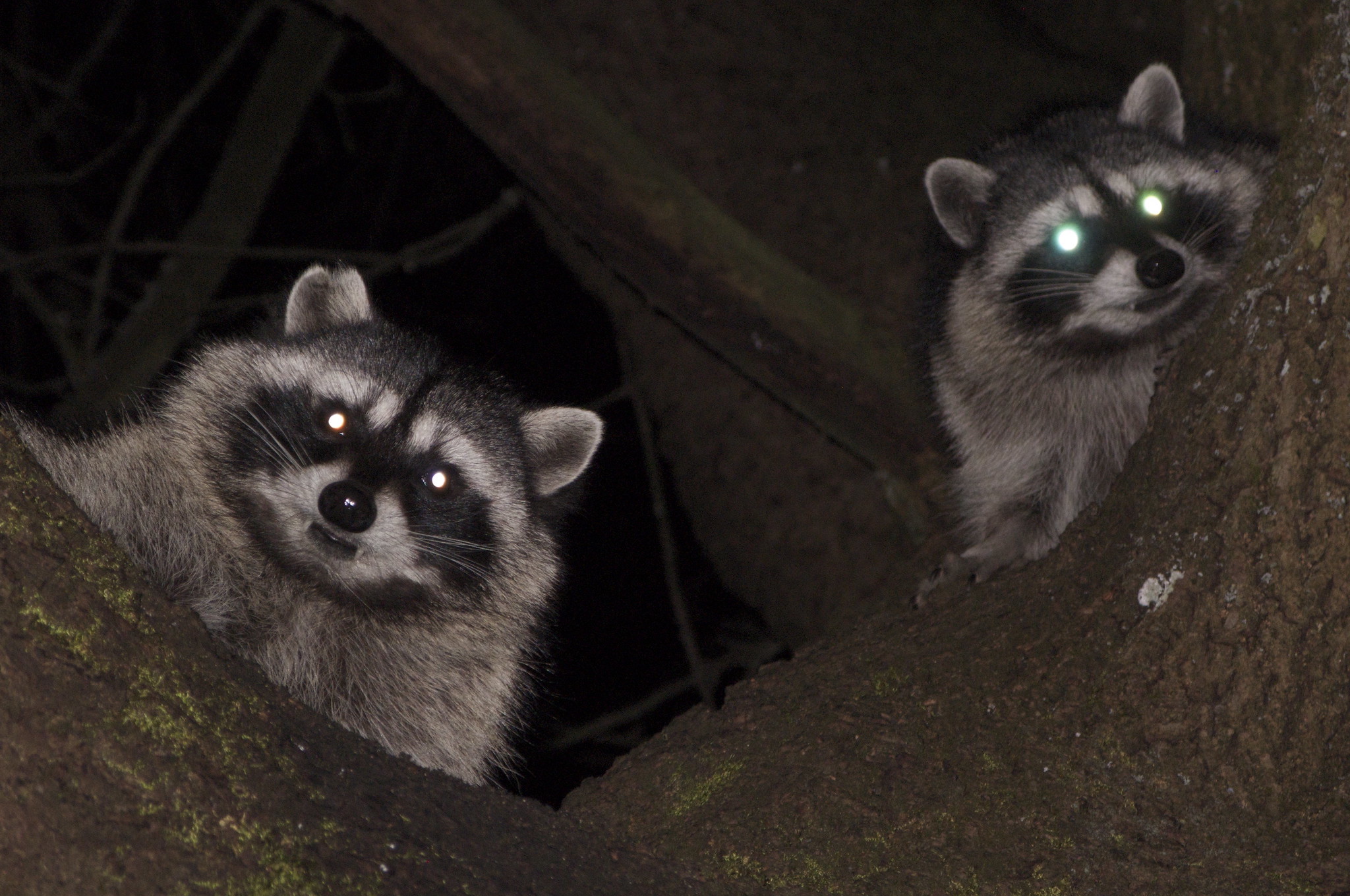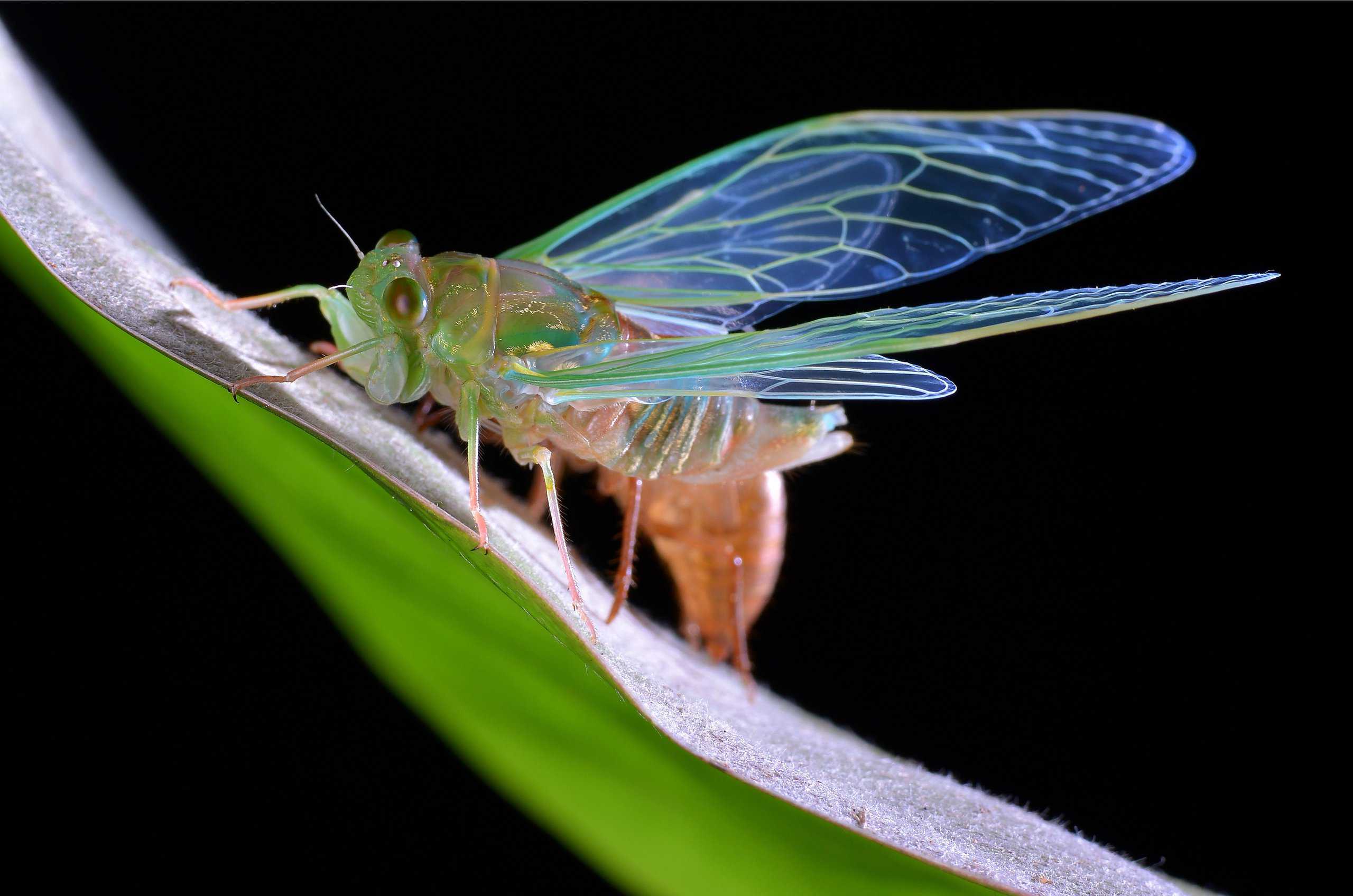Clicking Noise In Trees At Night

For residents of several towns across the Northeastern United States, the nights have been filled with an unfamiliar sound: a distinct, rhythmic clicking emanating from the trees. The noise, often described as similar to crickets but with a sharper, more mechanical quality, has sparked curiosity and, for some, a degree of unease.
What started as isolated reports has evolved into a widespread phenomenon, prompting local naturalists, entomologists, and concerned citizens to investigate the source and potential implications of this unusual nighttime chorus. The mystery surrounding the clicking sounds raises questions about the region's ecosystem and the possible impact on both wildlife and human inhabitants.
The Sounds of Silence…Disrupted
The reports of clicking sounds began surfacing in late spring and have intensified through the summer months. Affected areas primarily include towns in Massachusetts, Connecticut, and upstate New York, although similar accounts have trickled in from neighboring states.
The sound is most noticeable after dusk, often reaching a peak in the hours before midnight. "It's like a constant, repetitive clicking," says Martha Peterson, a resident of Amherst, Massachusetts, who first noticed the sound in her backyard. "It's definitely not crickets, and it's much louder than anything I've heard before."
Recordings and descriptions shared on social media have added to the intrigue, with many users comparing the sound to a Geiger counter or a malfunctioning sprinkler system. The frequency of the clicking varies, but generally falls within a range of 2 to 5 clicks per second.
Pinpointing the Perpetrator: A Biological Investigation
Initial investigations have focused on identifying the potential biological sources of the sound. Dr. Emily Carter, an entomologist at the University of Connecticut, is leading a research team dedicated to solving the mystery.
"We are exploring several possibilities, ranging from an unusual insect species to a modification in the behavior of a known species," explains Dr. Carter. "Our team is collecting sound samples, analyzing insect populations, and examining tree health in the affected areas."
One leading hypothesis centers on a potential new species or variant of katydid. Katydids are known for their clicking or rasping calls, produced by rubbing their wings together. However, the distinctive, almost mechanical quality of the current sound distinguishes it from typical katydid vocalizations.
Another theory suggests that environmental stressors, such as climate change or habitat loss, might be altering the behavior of existing insect species, leading to the amplified or modified clicking sounds. The research team is also considering the possibility of a fungal infection or other disease affecting the tree canopy, indirectly causing the noise.
Beyond the Buzz: Implications and Impact
The emergence of the clicking sound raises broader questions about the health and stability of the region's ecosystems. If the source is indeed a new species or a mutated behavior, it could have unforeseen consequences for the food web and overall biodiversity.
The potential impact on human well-being is also a concern. While the clicking sound is not inherently harmful, its persistent nature can be disruptive and anxiety-inducing for some individuals. Sleep disturbances and increased stress levels have been reported in areas with high noise levels.
Local authorities are working with researchers to monitor the situation and provide accurate information to the public. Public forums and educational materials are being developed to address concerns and dispel misinformation.
A Call to Curiosity and Citizen Science
The investigation into the clicking sounds is ongoing, and researchers are encouraging residents to participate in data collection efforts. Citizen science initiatives, such as sound recording projects and insect observation programs, are being launched to gather additional information and expand the scope of the research.
"We need the public's help to track the spread of the sound and identify potential contributing factors," says Dr. Carter. "By working together, we can better understand this phenomenon and its implications for our environment."
The case of the clicking trees serves as a reminder of the complex and interconnected nature of ecosystems. It highlights the importance of ongoing scientific research and the vital role that citizen scientists can play in unraveling the mysteries of the natural world. The mystery continues, and the nights remain filled with the clicking sound, a call to further exploration and understanding.


















